In the agricultural world, water management plays a huge role in determining productivity. As irrigation systems grow more complex, engineers are putting more focus on improving the flow stability of centrifugal irrigation pumps. This isn’t just about better machinery—it’s about ensuring a consistent, reliable supply of water where and when it's needed.
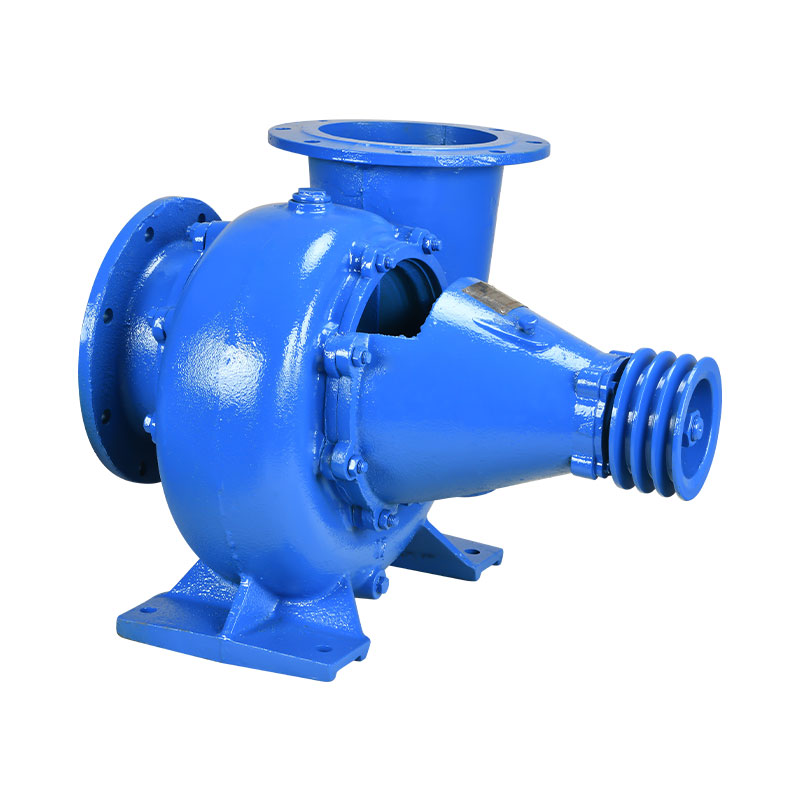
One of the main components under review is the high flow centrifugal pump. These pumps are used extensively in modern irrigation due to their ability to move large volumes of water efficiently. But even with their solid performance, there’s always room for refining how smoothly they operate—especially under varying loads and pressure conditions. Flow stability can have a big impact on both energy usage and system durability.
A consistent issue in some systems has been fluctuating output, especially in setups with long piping networks or varying elevation levels. This has led engineers to rethink the design and calibration of the irrigation pump head, the part of the system responsible for pushing water through the lines. When the pump head doesn’t maintain steady pressure, it can cause uneven water distribution, which isn’t ideal for crop health.
To address this, engineers are testing different impeller shapes and adjusting motor speeds in real time. In many cases, combining a variable speed drive with a high flow centrifugal pump has improved results, especially in fields that require flexible water delivery. These technologies help maintain a steady water flow regardless of changes in system demand or pipe friction.
Another area of focus is the relationship between pump size and the irrigation layout. When a high flow centrifugal pump is oversized for a system, it may cause surges and pressure spikes that stress the equipment. On the other hand, an undersized pump could fail to meet the system’s water needs. That’s where precision engineering comes in. By carefully matching the irrigation pump head with the overall design of the irrigation network, engineers can reduce energy waste and improve long-term performance.
Newer materials are also being considered to improve wear resistance. Over time, components of the irrigation pump head can degrade due to sediment in the water or continuous high-speed operation. Using materials that resist corrosion and abrasion helps maintain performance and reduces downtime for repairs. It’s a small change with a large impact on the life of the equipment.
Throughout these efforts, the high flow centrifugal pump remains central to modern irrigation solutions. Its ability to move water across large fields makes it a practical choice, but only when it’s paired with a well-designed irrigation pump head that supports smooth and steady flow. The interaction between these parts is more important than ever as agriculture moves toward more automated and precise watering systems.
In field tests, engineers have found that even small adjustments to flow paths within the irrigation pump head can pilot to more stable output. These tweaks, along with smart monitoring tools, allow for fine-tuning without having to replace the entire pump setup. That’s good news for operators who need dependable systems without constant intervention.
The push to enhance flow stability in high flow centrifugal pumps is about balancing performance, reliability, and energy use. The changes may not be dramatic at one glance, but they’re setting the foundation for smarter, more responsive irrigation systems. As engineers continue to work on these improvements, farmers stand to gain more control over how they manage one of their lots of important resources—water.

 English
English русский
русский Español
Español
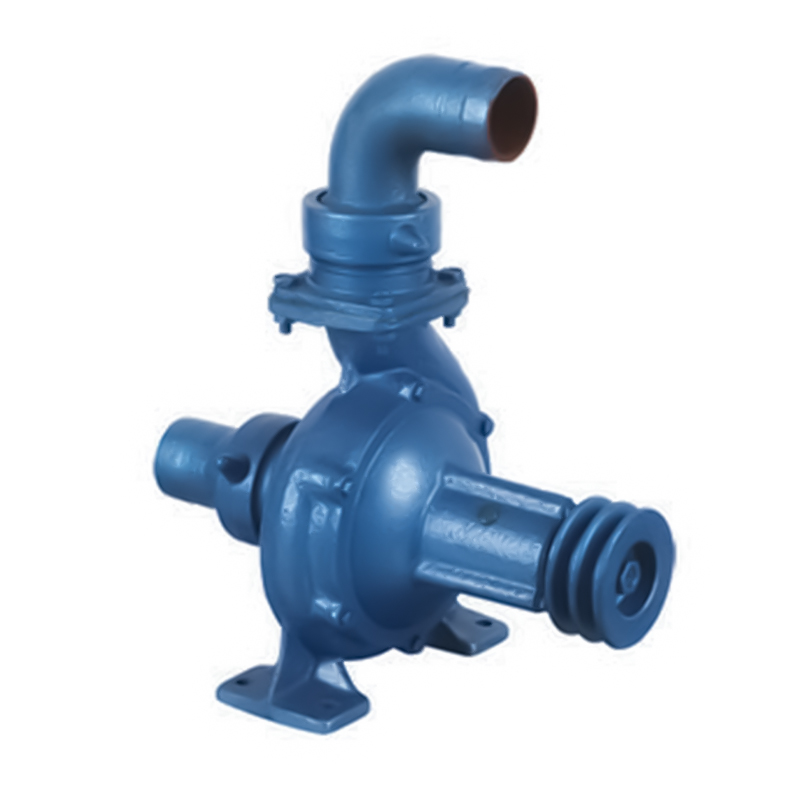
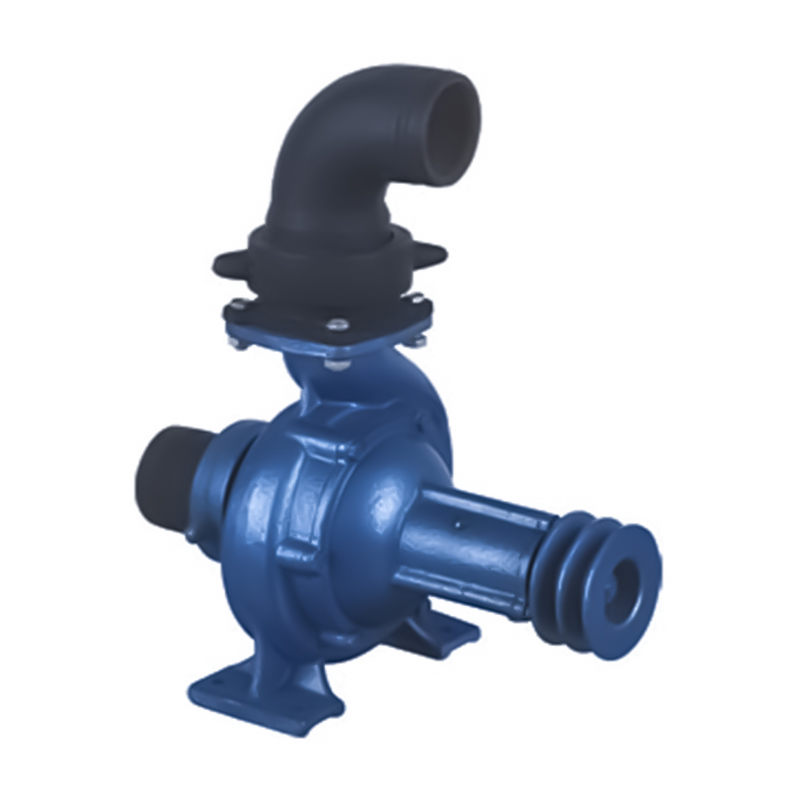

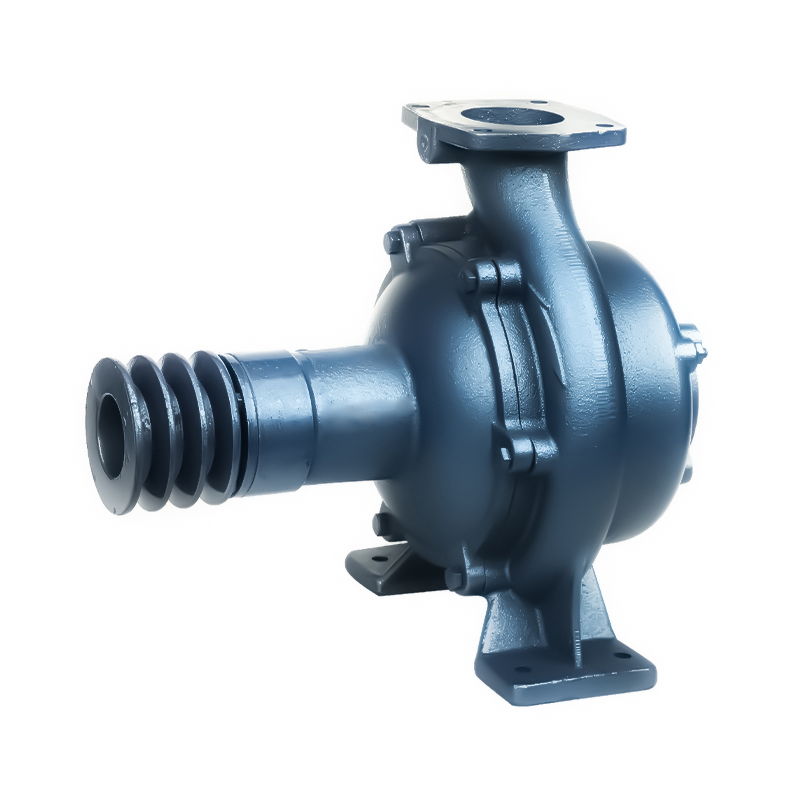
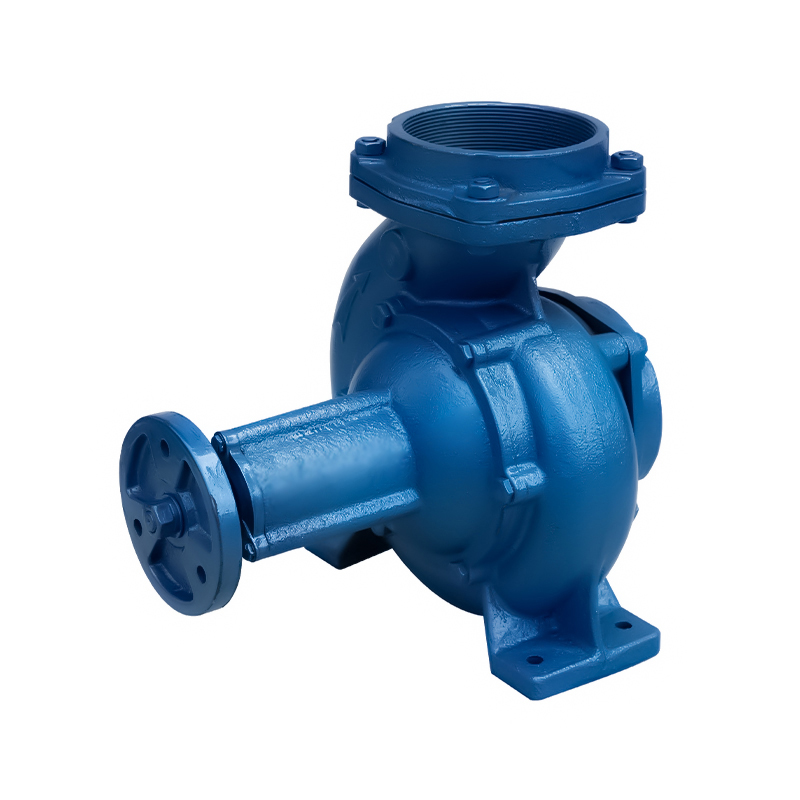
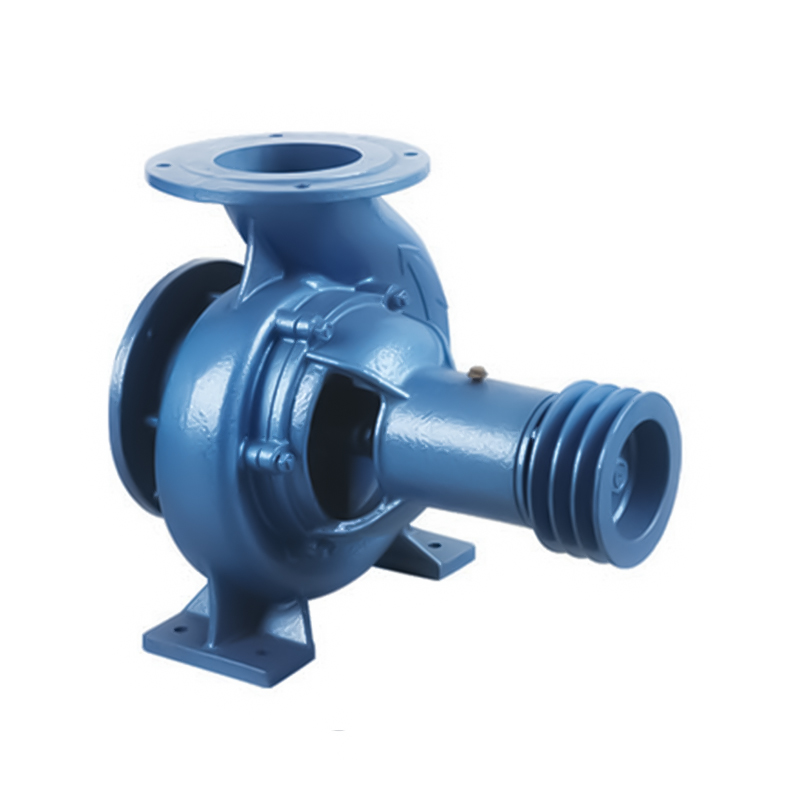
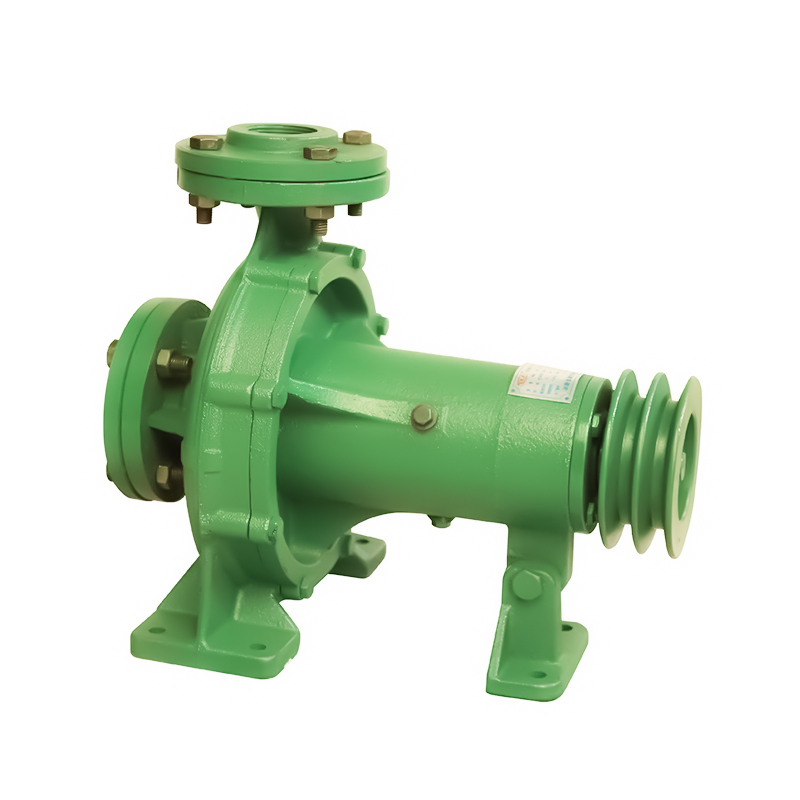

 Email:
Email:
 Phone:+86-13605899207
Phone:+86-13605899207

